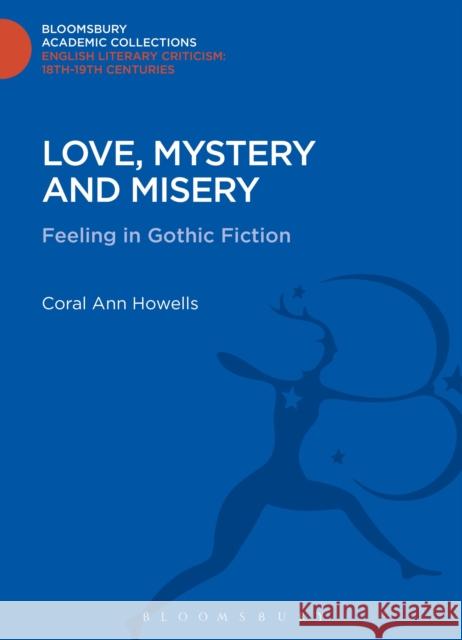Love, Mystery and Misery: Feeling in Gothic Fiction » książka
Love, Mystery and Misery: Feeling in Gothic Fiction
ISBN-13: 9781472509666 / Angielski / Twarda / 2014 / 210 str.
The current Gothic revival in literature and film encourages us to look again to the earliest Gothic novels written beween 1790 and 1820, when Gothic was the most popular kind of fiction in England. Dr. Howells proposes a radical reassessment of these novels to emphasize their importance as experiments in imaginative writing. Her object, the study of feeling, is central to Gothic, for its spell consists in the feelings it arouses and exercises. As pseudo-historical fantasy, Gothic fiction embodies contemporary neuroses, especially sexual fears and repressions, which run right through it and are basic to its conventions. This study traces the effort to articulate these disconcerting emotions in symbol, incident, landscape and architecture. The chronological design suggests developments in Gothic, from the initial explorations of Mrs Radcliffe and M.G. Lewis, through the Minerva Press novelists and Jane Austen's "Northanger Abbey," to new directions taken by C.R. Maturin in "Melmoth the Wanderer" and later by Charlotte Bronte whose "Jane Eyre," arguably the finest of Gothic novels, places the earlier experiments in perspective.











